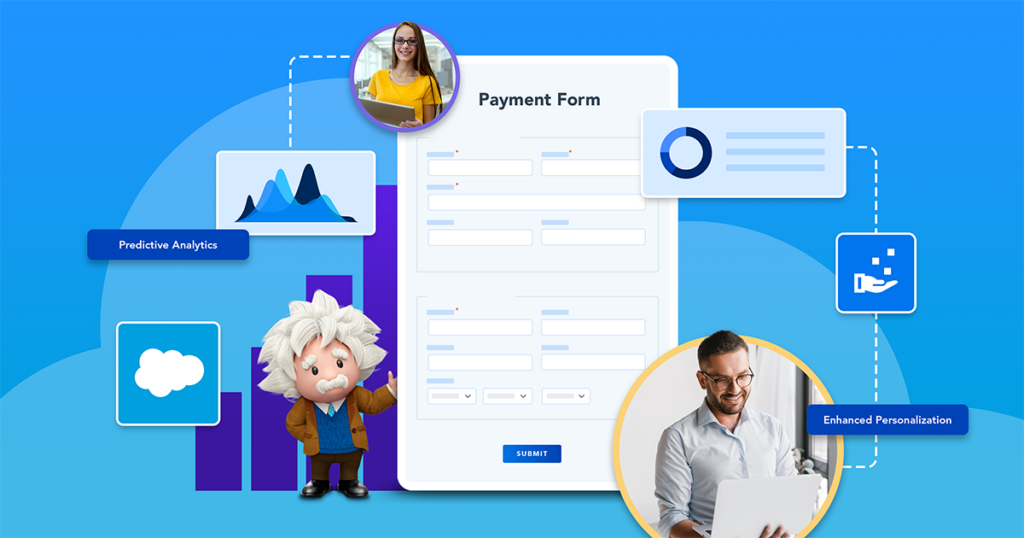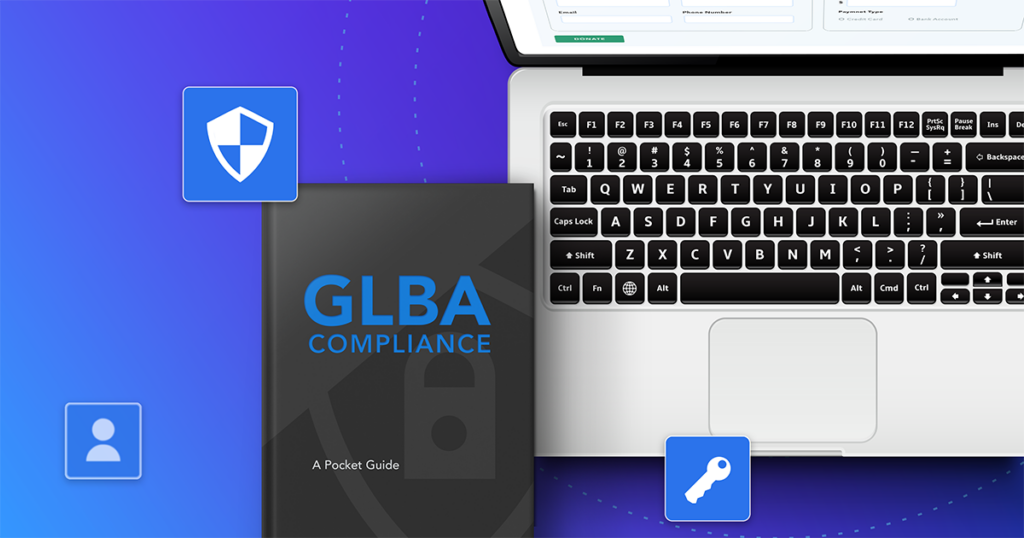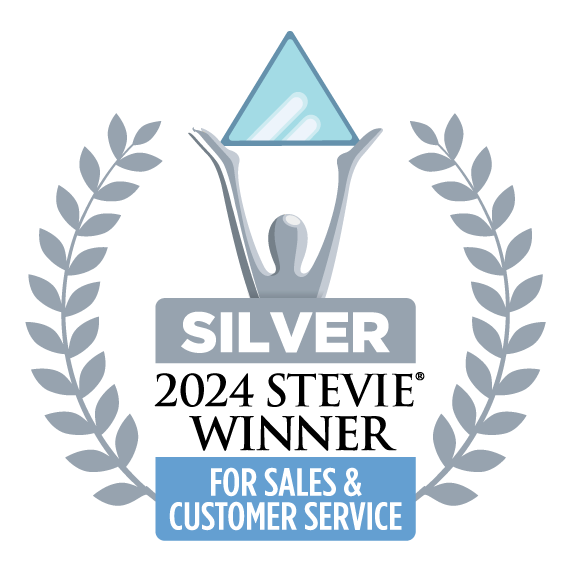David Cheng of Idealist Consulting is a Salesforce-certified developer and MVP. Idealist Consulting is a premier Salesforce partner and is rated as the #1 consulting firm on the AppExchange. Idealist Consulting has extensive experience implementing FormAssembly and other advanced technical solutions in a multitude of organizations. Contact us to find out if we could be a good fit for your organization.
Here at Idealist Consulting, our clients have found many powerful and flexible uses for FormAssembly. One organization uses it for students applying to scholarship and mentorship programs. The student can enter test scores, financial aid information, and essay question responses, and also upload transcript documents.
Another organization uses FormAssembly to send surveys to contacts and store the results in Salesforce. Workflows are used to send an email to the contact. The email contains a link to the survey form. When the person submits the form, the survey responses are stored in a custom object record. This record is linked to the contact record using a hidden ID in the original link in the email. If a survey response is negative, workflows assign internal tasks so that staff can respond to the contact and resolve the situation.
Salesforce provides a lead form solution called Web-to-Lead to help you build an online form to collect data from web users. However, there are many limitations to Web-to-Lead. FormAssembly has a powerful set of features to overcome these limitations and help you with all areas of online forms and data collection.
Here are some reasons why FormAssembly may be a better choice for your organization. You can:
- Feed data into any object. FormAssembly can submit data directly into contacts, accounts, and all other standard and custom objects. (By the way, this saves you from having to convert a lead to a contact as you would have to do with Web to Lead.)
- Check for existing records. FormAssembly can search for existing records using any field you specify (not just email address), and you can also specify multiple fields for this matching.
- Create multiple records. For example, a single FormAssembly submission can create an account, a contact linked to the account, and an opportunity linked to the contact.
- Accept file uploads.
- Conditional questions and sections. You can display/hide questions or entire sections based on responses to earlier questions.
- Build multi-page forms.
- Allow the respondent to save an incomplete form and return to it later for completion. Perfect for those long forms!
- On-screen data validation. You can set fields to be required, to be numeric only or alphabetic only, to be entered in a certain format, etc. This ensures cleaner data in your Salesforce database.
- Convert data values from the form to Salesforce. This is useful when you have a form question with responses of “Strongly Agree,” “Agree,” “Disagree,” etc., but you want to save the response in Salesforce as numeric characters, such as 1, 2, and 3, so you can take advantage of scoring and analysis. This is also helpful for converting non-English form responses to English values in Salesforce.
- Pass data from Salesforce into a form. If you send an email from Salesforce, you can include field data in the form link so that when the respondent clicks the link, the form displays the data from Salesforce. For example, you can allow respondents to correct information as a replacement of the native Stay-in-Touch feature.
These are just some of basic areas where FormAssembly shines. As you move to intermediate and advanced form use, FormAssembly will keep up with you — it has the best Salesforce integration among all online form applications.



